The Examples folder contains scenes that demonstrate various features of the Dialogue System.
If you want to save disk space in your project, you can delete the entire Examples folder without affecting the rest of the Dialogue System.
The Art folder contains assets and prefabs used by the example scenes.
Your purchase also includes:
Your license includes use of these assets for commercial and non-commercial projects.
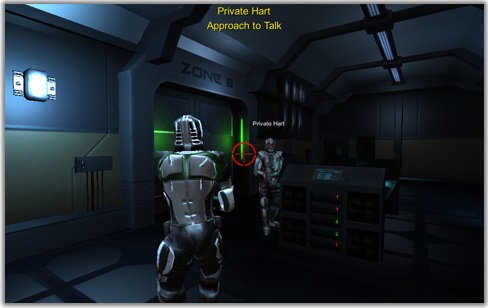
The Feature Demo folder contains a playable scene that demonstrates several major features, including:
In this science fiction scene, you play a lieutenant commanding a squad sent to assassinate the evil Emperor on his star carrier.
Internally, Private Hart demonstrates how to offload the Dialogue System components onto a child GameObject named "AI". You can use this technique if you want to minimize the number of components on an NPC's main GameObject.
The subfolder Dialogue Database contains the source Chat Mapper project, the exported XML version of the project, and the dialogue database asset used in the scene.
The subfolder Articy Feature Demo contains the same demo built from an articy:draft project.
The subfolder Top Down contains a variation using a three-quarters view and a proximity selector instead of a mouse look selector.
The subfolder Menu Text Demo contains a variation that uses shorter, paraphrased text for the player response menu and longer text when the PC actually delivers a selected line of dialogue.
The subfolder Feature Demo with Continue Button contains a variation that requires the player to click a Continue button to progress past each line of dialogue.
The subfolder Multiple Database Example contains a variation on the Feature Demo that demonstrates how to add and remove additional dialogue databases. You may want to familiarize yourself with the original Feature Demo scene first, which uses one database named Feature Demo.
This version uses two databases: Dialogue Database 1 and Dialogue Database 2. Dialogue Database 2 contains the dialogue database assets for Sergeant Graves (his actor definition and bark conversation). Dialogue Database 1 contains everything else and is the initial database loaded when the scene starts.
Sergeant Graves has been moved to the far end of the room. A script on a trigger collider named Add Remove DB Trigger adds his database when entered and removes his database when exited.
Note: When using multiple databases, you may need to use the Unique ID Tool to ensure assets' internal ID numbers are unique across the databases.
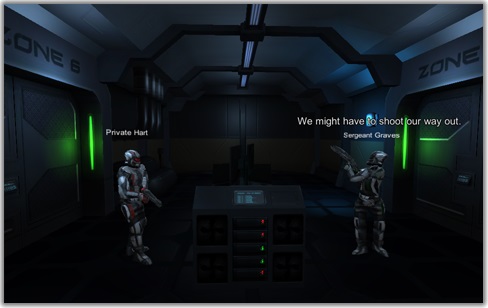
The Bark Example folder contains a scene between two NPCs who bark at each other.
It demonstrates one method to make NPCs bark at each other, forming a conversation that the player can overhear.
The subfolder Three NPCs Bark contains a scene that demonstrates another method of making multiple NPCs engage in a series of barks.
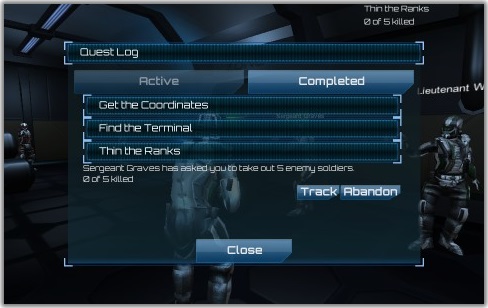
The Quest Example folder contains a scene that demonstrates more quests than the Feature Demo, including abandonable and trackable quests, and more features of the Quest System.
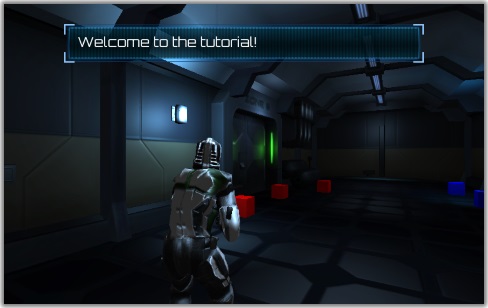
The Tutorial Example folder contains a scene that demonstrates how to make a tutorial using a conversation.
The Computer Input Loop folder contains a scene that demonstrates how read player input in a continuous loop and act on it.
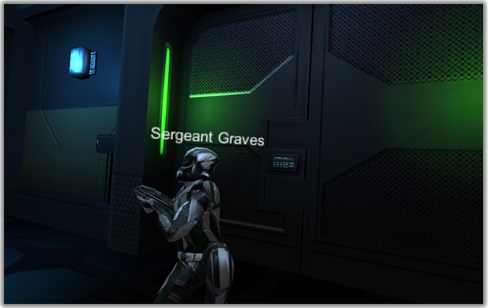
The Sequence folder contains a scene that plays a cutscene sequence.
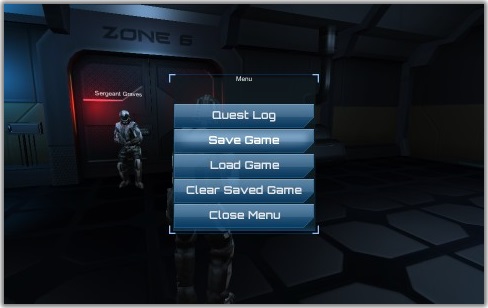
The Save Load Example folder contains a scene that demonstrates the Save System, including how to load games back to the player's current level.
The Mobile Test folder contains a simple scene with no graphics except for a very simple conversation UI. It provides a simple way to verify that the Dialogue System is working on your mobile device without having to configure player control, and without any desktop-quality models that would cause lag on mobile devices.
The Quick Start folder contains files for the Quick Start Tutorial.
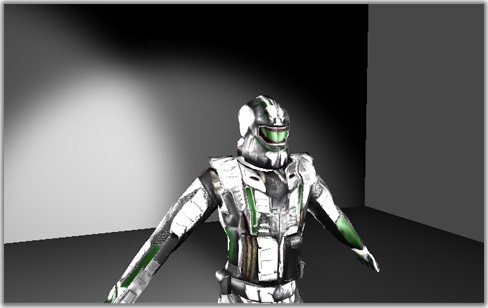
The Camera Angle Studio folder contains a scene that you might find helpful when designing camera angles. It contains a subject in a three-point light setup. To design camera angles, open the scene and select Window > Dialogue System > Tools > Camera Angle Editor.
More information: Camera Angle Editor

The Lua Example folder contains a scene that acts as a command line Lua interpreter. When you play the scene, you can enter Lua commands and see the return values.
More information: Lua
The Third Party Support packages each contain their own example scenes.
<< Overview | Quick Start >>